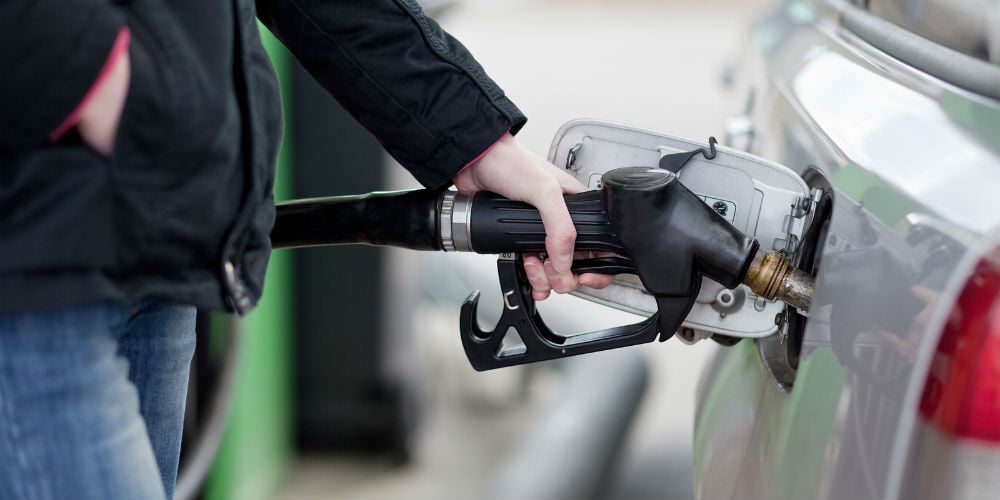Don’t waste money on premium gas

You love your car. Like the woman in the Liberty Mutual commercial, you even named your car. So it’s understandable that you’d want to feed your car a special diet of premium gasoline. But are you really giving your car a treat – or are you just wasting money? The truth is, you’re probably just wasting money.
According to a study by AAA, if you put mid-grade or premium gas (collectively known as high-octane gas) in a car for which the manufacturer only recommends regular gas, you will see no appreciable difference in anything. Not fuel economy. Not performance. Not anything.
What’s does this mean in dollars and cents? Consider this: AAA estimates that in any given month, about 1.4 million people buy high-octane gas unnecessarily. That translates to more than $2 billion in gasoline overspending per year. You don’t want to be part of that statistic.
To determine which gas you should be using, just check your owner’s manual. About 70 percent of cars on the road today require only regular gasoline. About 10 percent recommend mid-grade, and about 16 percent recommend premium. The other 4 percent run on alternative fuels like diesel, Flex Fuel and electricity.
Some manufacturers require premium gas for their cars. If your car falls into this category, it’s essential that you buy only premium gas. Using a lower grade of gas can result in engine damage that won’t be covered by the manufacturer warranty.
However, what if the manufacturer only recommends premium gas?
According to another study by AAA, cars in this category averaged an increase in fuel economy of 2.7 percent, as well as an increase in horsepower of 1.4 percent. Does that make premium gas worth it for these premium-recommended cars?
That’s a decision only you can make, but from a financial standpoint, you’re losing money. That’s because according to AAA, premium gas costs about 20 percent more than regular gas. In other words, from a fuel economy standpoint, using premium gas when it’s not required makes no sense at all. The only question is whether you’re really going to notice the 1.4 percent bump in performance. Hint: probably not.
It all comes down to this: To make your gas-buying dollars stretch the farthest, use the lowest required grade of gasoline according to your vehicle’s manufacturer. Despite the love you may have for your car, anything more is just a waste of your money.





